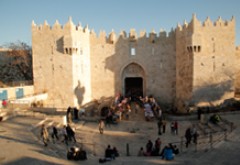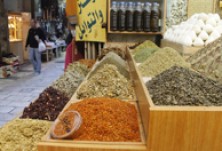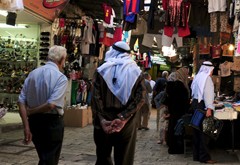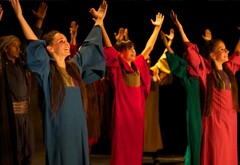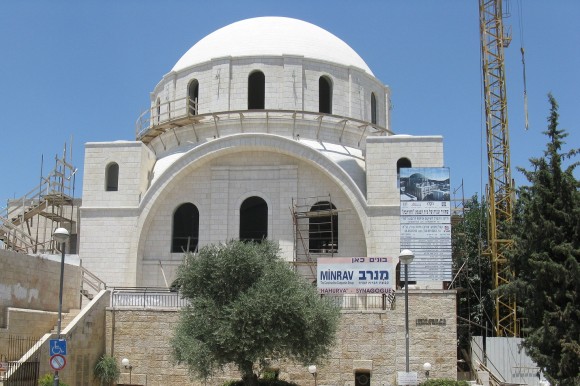This is one of the largest and most important of the Jewish synagogues in the Old City of Jerusalem. It is located near the eastern side of the Small Omari Mosque. Its stone dome appears in the Old City's skyline. "Hurva" means "wreck" or an abandoned building, and the name comes from the fact that it was abandoned and deteriorated for a long period of time. It is also named Bait Yacoub Synagogue, after Baron Jacob Rothschild who donated generously for building it.
This synagogue was built by Sabbatai Zevi of Istanbul in 1701 for Polish and east European Jews, particularly those of Polish origins. The building was not completed because the Jews could not pay for the land, and it remained abandoned for over a century. The problem was solved when a Sultanate Decree was issued, with a word in from the British, in Istanbul in 1854, and the synagogue was granted permission to be built. It was designed by the Ottoman engineer As'ad Effendi, and the building was completed in 1864.
The building is square in shape and built from the Jerusalem white stone, covered by a huge dome 24 meters high. It was destroyed during the 1948 war because its balconies were used by Jewish forces to fire from, and the Jordanian army bombarded it and burnt it down. Israel rebuilt one of the high arches in 1977, and kept the rest of the destruction as an open museum.
In 2000, Israel decided to rebuild the synagogue in the same shape and dimensions as it was before 1948, and completed it in 2010, when it was inaugurated with huge celebrations.

